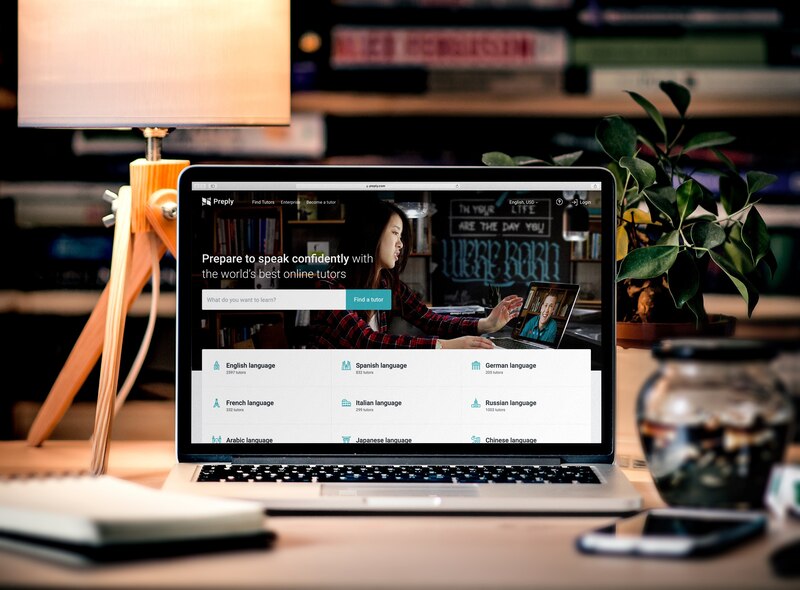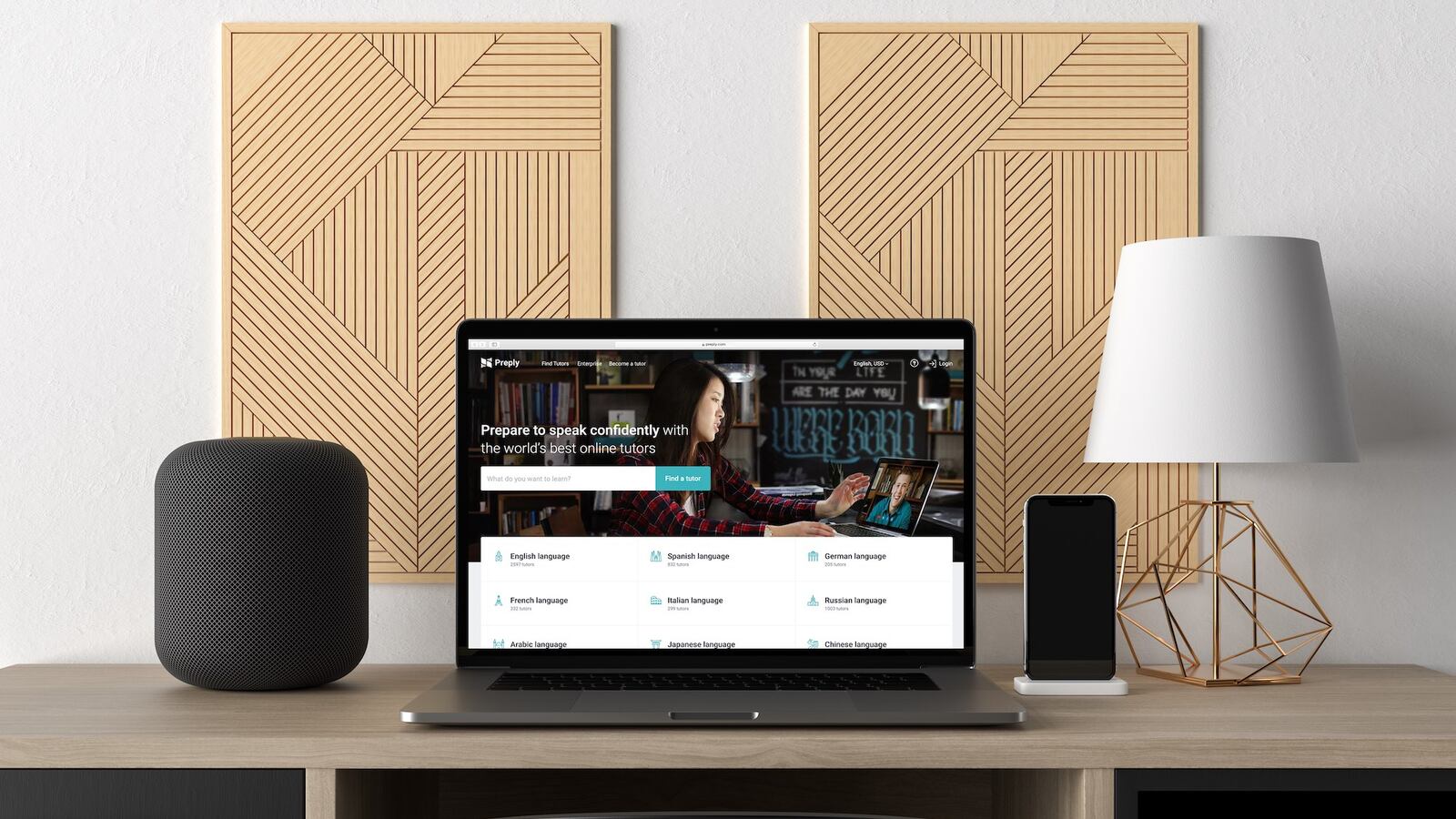Closed schools. Empty lecture halls. Abandoned libraries. COVID-19 has left educational facilities desolate.
The pandemic created unprecedented challenges for education systems worldwide. For many countries, providing fair and equal access to online learning on a national level has proved difficult. But how has the United States fared?
A recent study conducted by online learning platform Preply revealed that the United States ranked 12th out of 30 countries when it came to its preparedness for the national shift to digital education.

A range of factors — including access to a computer, expenditure on education, and broadband download speed — were taken into consideration in order to compare countries’ e-learning offerings and capabilities. All 30 countries included in the study are members of the Organisation for Economic Cooperation and Development, or OECD.
Some of the results may surprise you.
Research Highlights
- The United States offers 9,303 online degree programs and courses that can be taken entirely online — the most of the 30 countries — with almost 78 million students enrolled. In comparison, Canada and Australia have only 1/10th of the number of students.
- The United States sank to the number 12 position in part due to its lack of government spending on tertiary (higher) education per student. While the U.S. rate is 19% GDP per capita, high-ranking countries such as Denmark and Sweden make a more significant investment at 43%.
- Of the group, the United States also has the second-highest average monthly cost of broadband Internet access, with New Zealand earning the top spot for most expensive.
- Only 72% of students in the United States have access to a computer, compared to 95% in Norway and 98% in the Netherlands. Turkey (50%) and Mexico (44%) represent the lower end of the spectrum.
- The U.S. also has moderate mobile internet speed, coming in at 44.3Mbit/s. For comparison, the best rate was 73.7Mbit/s (the Netherlands), and the worst was 18.5Mbit/s (Chile).
As the numbers demonstrate, digital education can only be as robust and accessible as the technological infrastructure in its country of use.
“We are convinced that e-learning has a great potential to improve educational opportunities worldwide,” says Kirill Bigai, CEO of Preply. “The coronavirus pandemic has demonstrated that access to digital education is unequally distributed, but that there are ample opportunities to begin investing in the digital infrastructure necessary for a national shift to online learning. This study uncovered the extent to which all learners have access to adequate digital tools and resources.”
Chalkbeat’s editorial staff had no role in writing or preparing this paid content. Learn about our sponsored content policy.


